
How to Use SparkFun Blynk Board - ESP8266: Examples, Pinouts, and Specs
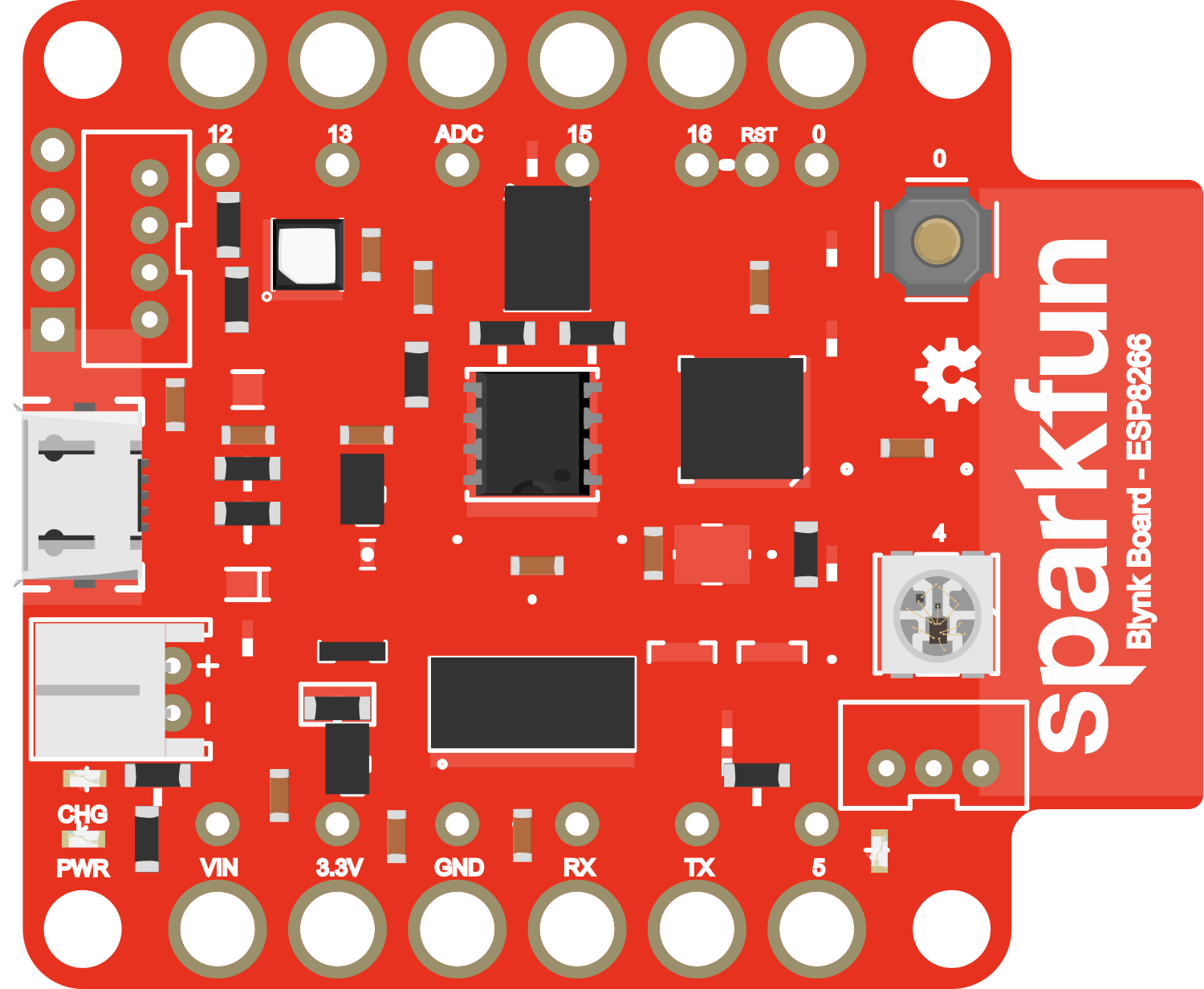
 Design with SparkFun Blynk Board - ESP8266 in Cirkit Designer
Design with SparkFun Blynk Board - ESP8266 in Cirkit DesignerIntroduction
The SparkFun Blynk Board - ESP8266 is an all-in-one wireless platform designed to simplify the development of Internet of Things (IoT) projects. Leveraging the capabilities of the ESP8266 Wi-Fi module, this board comes pre-programmed with Blynk firmware, allowing for quick and seamless integration with the Blynk mobile app platform. Users can control and monitor their projects remotely through a user-friendly interface on their smartphones or tablets. Common applications include home automation, sensor networks, and DIY electronics projects.
Explore Projects Built with SparkFun Blynk Board - ESP8266
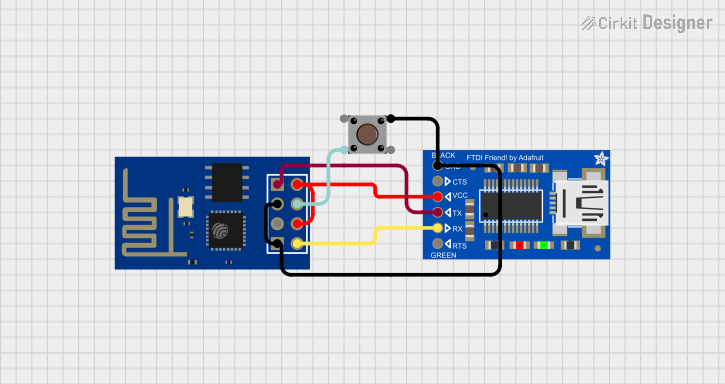
 Open Project in Cirkit Designer
Open Project in Cirkit Designer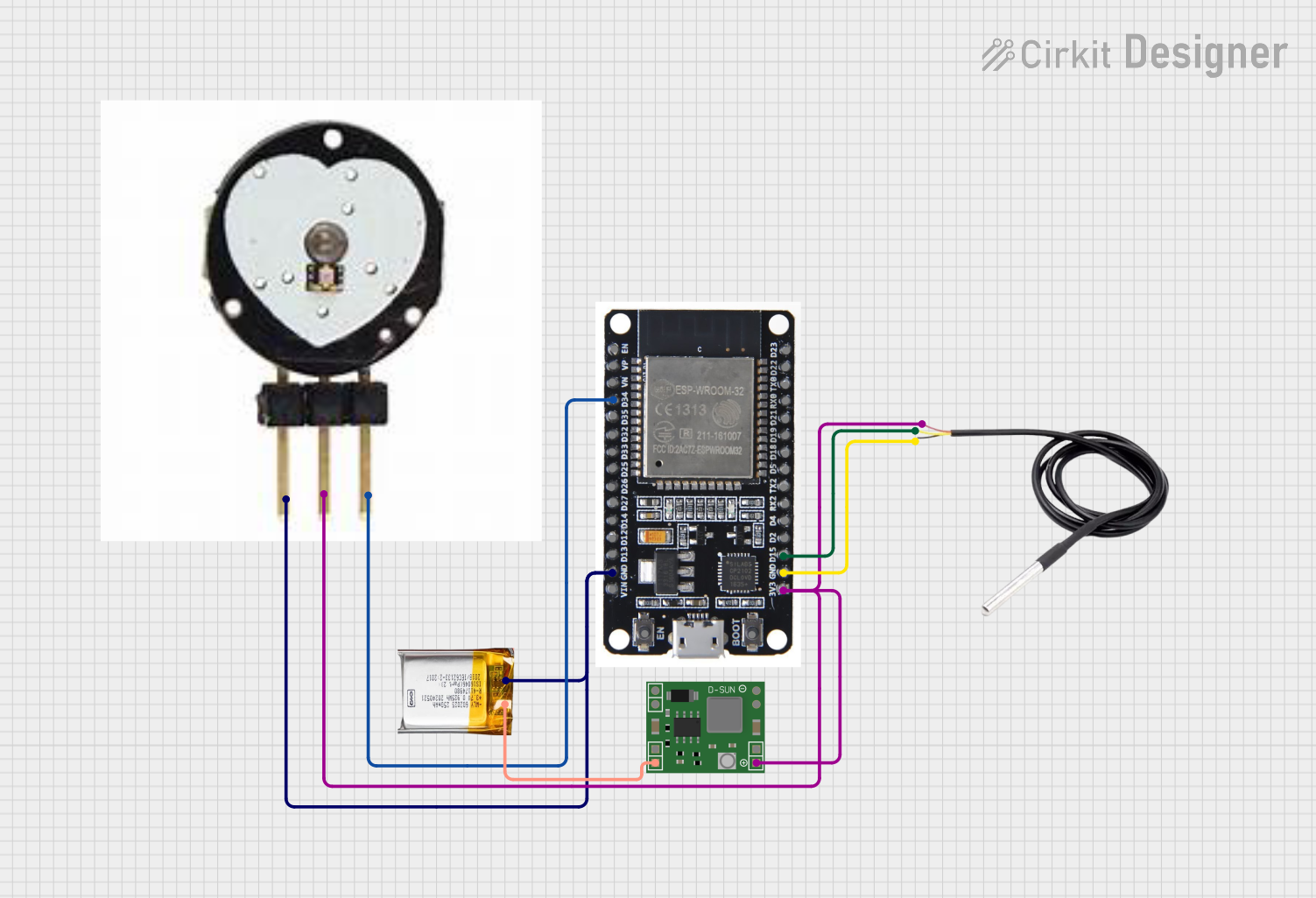
 Open Project in Cirkit Designer
Open Project in Cirkit Designer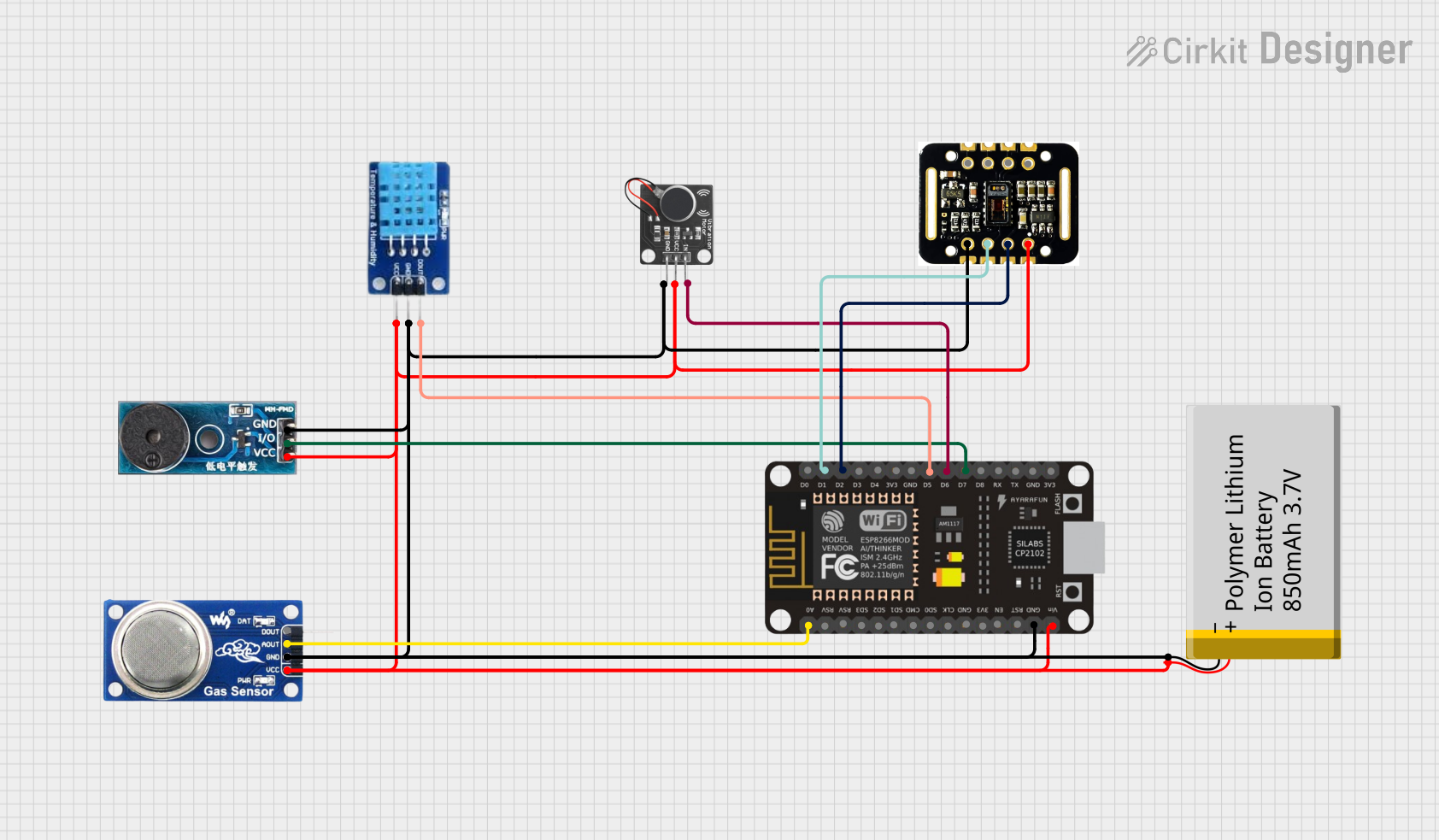
 Open Project in Cirkit Designer
Open Project in Cirkit Designer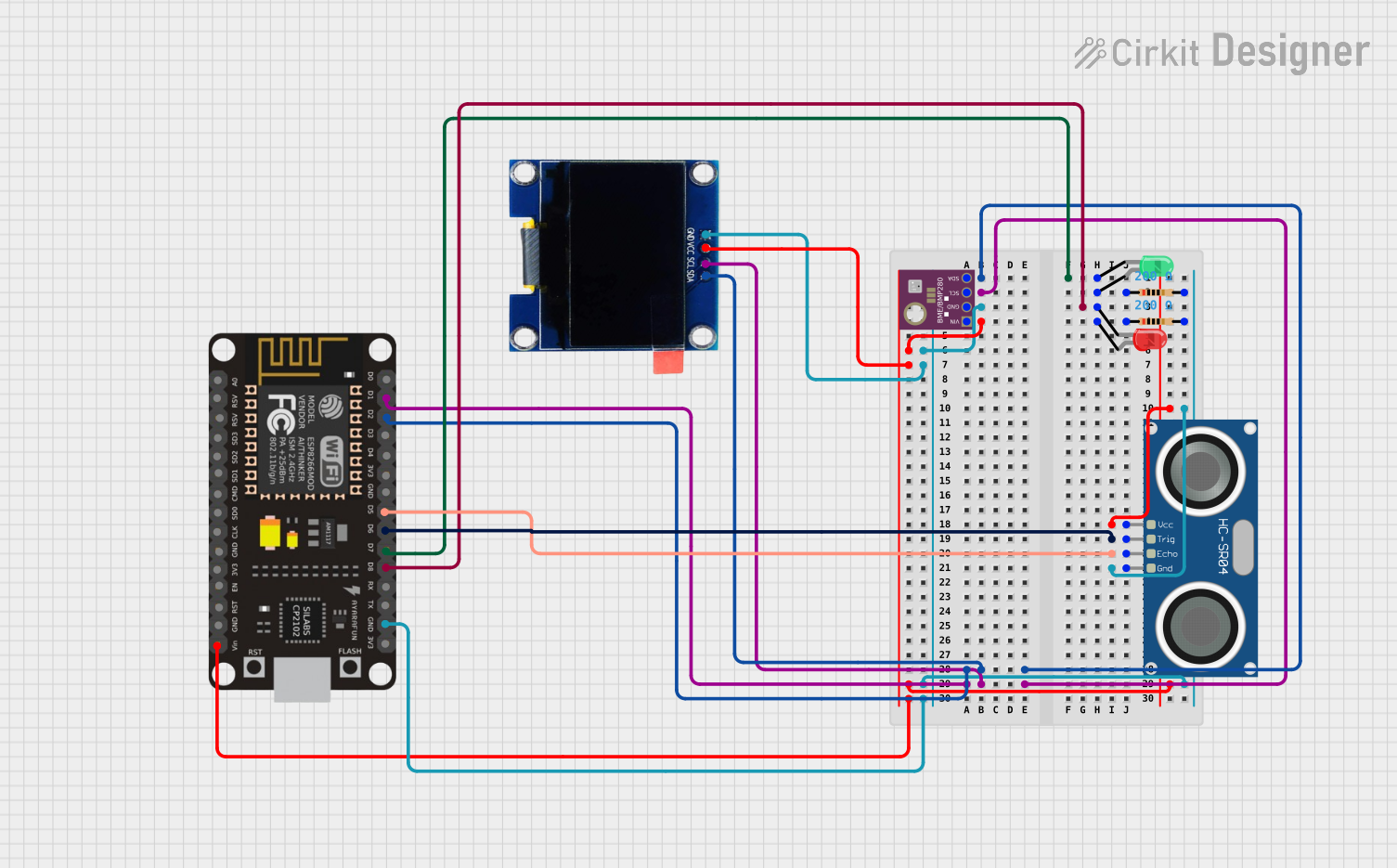
 Open Project in Cirkit Designer
Open Project in Cirkit DesignerExplore Projects Built with SparkFun Blynk Board - ESP8266

 Open Project in Cirkit Designer
Open Project in Cirkit Designer
 Open Project in Cirkit Designer
Open Project in Cirkit Designer
 Open Project in Cirkit Designer
Open Project in Cirkit Designer
 Open Project in Cirkit Designer
Open Project in Cirkit DesignerTechnical Specifications
Key Technical Details
- Wi-Fi Module: ESP8266
- Operating Voltage: 3.3V
- Input Voltage (recommended): 5V via micro USB
- Digital I/O Pins: 9, with PWM capability
- Analog Input Pins: 1 (0-1V)
- Flash Memory: 4MB
- Wi-Fi Standards: 802.11 b/g/n
- Frequency Range: 2.4 GHz - 2.5 GHz
Pin Configuration and Descriptions
| Pin Number | Function | Description |
|---|---|---|
| 1 | GND | Ground |
| 2 | 3V3 | 3.3V power supply |
| 3 | EN | Chip enable; active high |
| 4 | RST | Reset pin; active low |
| 5-13 | GPIO0 - GPIO8 | General Purpose Input/Output pins |
| A0 | ADC | Analog to Digital Converter input (0-1V) |
Usage Instructions
Integrating with a Circuit
- Powering the Board: Connect a 5V power supply to the micro USB port.
- Connecting to Wi-Fi: Use the Blynk app to configure the board to connect to your local Wi-Fi network.
- Attaching Peripherals: Connect sensors or actuators to the GPIO pins as required for your project.
Important Considerations and Best Practices
- Ensure that the input voltage does not exceed the recommended 5V to prevent damage.
- Use a level shifter if you need to interface the board with 5V logic components.
- Avoid drawing more than 12 mA from any GPIO pin.
- When programming the board, ensure that GPIO0 is grounded to enable the bootloader mode.
Example Code for Arduino UNO
// This example demonstrates a simple integration with an Arduino UNO
// to toggle an LED using the Blynk app.
#include <ESP8266WiFi.h>
#include <BlynkSimpleEsp8266.h>
// Your WiFi credentials.
char ssid[] = "YourNetworkName";
char pass[] = "YourPassword";
// Your Blynk auth token.
char auth[] = "YourAuthToken";
void setup() {
// Set up serial communication at a baud rate of 9600.
Serial.begin(9600);
Blynk.begin(auth, ssid, pass);
}
void loop() {
Blynk.run();
}
// In the Blynk app, create a button that writes to virtual pin V1
BLYNK_WRITE(V1) {
int pinValue = param.asInt(); // Assigning incoming value from pin V1 to a variable
// You can also use: if (param.asInt()) { ... }
digitalWrite(13, pinValue); // Sets the LED on GPIO13 to HIGH or LOW
}
Troubleshooting and FAQs
Common Issues
- Board not connecting to Wi-Fi: Ensure that the SSID and password are correctly entered in the code. Check the Wi-Fi signal strength and router settings.
- Unable to upload code: Verify that the correct board and port are selected in the Arduino IDE. Ensure that GPIO0 is grounded when resetting the board to enter bootloader mode.
- Peripherals not working: Check the wiring and ensure that the peripherals are compatible with the board's voltage levels.
Solutions and Tips
- Resetting the Board: If the board becomes unresponsive, use the RST pin to reset it.
- Serial Monitor: Use the serial monitor in the Arduino IDE to debug and monitor the board's output.
- Blynk Community: Join the Blynk community forums for additional support and project ideas.
FAQs
Q: Can I power the Blynk Board using a battery? A: Yes, you can power the board using a 3.3V battery, but ensure that the voltage does not drop below the minimum operating voltage.
Q: How many devices can I control with the Blynk app? A: The Blynk app can control multiple devices, but each device requires its own auth token.
Q: Is the Blynk Board compatible with Arduino IDE? A: Yes, the board can be programmed using the Arduino IDE with the appropriate ESP8266 board package installed.